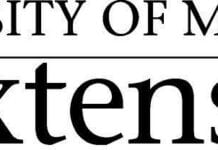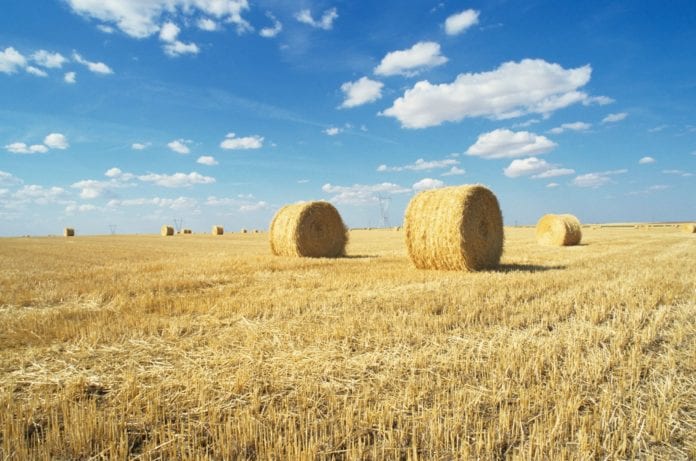STOCKTON, Mo. — Hay is short and spring calving cows may be borderline thin. “Proper feeding strategy is important for the next 60 days to ensure optimum pregnancy rates during the spring breeding season,” says Patrick Davis, MU Extension Regional Livestock Field Specialist. Here are some prebreeding management tips to ensure an optimum pregnancy rate in cows.
Cow body condition score (BCS) prior to the breeding season is related to pregnancy rate. The optimum pregnancy rate is achieved at a BCS 5 and above. Cows in BCS 5 usually have 1 or 2 ribs showing and fat beginning to build on the hips. “If cattle are not in a BCS 5 or greater prior to the breeding season that will lead to lower pregnancy rates,” says Davis. Therefore, if cows are at a BCS 5 or greater then feed to maintain them. If cows are below that, increase feed to improve BCS before the breeding season.
Whether you are feeding to maintain or add BCS, plan for lactating cows to eat 3% of their body weight. Visit with your local MU Extension livestock field specialist on development of diets to meet specific nutrient requirements of the cattle that you are feeding. Here are some general tips for feeding cows on limited hay resources:
- Cows need to consume approximately 10 lbs of hay dry matter daily in order to maintain a healthy rumen.
- Make up the rest of the ration with a combination of concentrate feedstuffs such as corn, and grain byproducts. When developing the diet, make sure to include feedstuffs based on the lowest price per pound of total digestible nutrients (TDN).
- The cattle should not consume more than 0.5% of their body weight in starch, which is usually corn. A 1200 lbs cow should not be consuming more than 6 lbs of corn dry matter daily.
- The cow’s daily dry matter intake should not include more than 40% dried distillers grains and solubles, or corn gluten feed or the combination of each. With the high sulfur content of these feedstuffs, intake under this level reduces the chance of polio in cattle.
- When feeding cattle a high concentrate diet, split feeding between morning and night to reduce negative effects of acid spikes on the rumen.
“Separate and feed cows based on size and BCS,” says Davis. Larger cows require more intake than smaller cows to maintain themselves. Give thinner cows more nutrition than adequately conditioned cows to increase BCS. This should increase their chances of becoming pregnant. Feeding cattle based on these strategies improves economic efficiency of your feeding program and profit potential of your cattle operation.
“Open cows don’t make money and thin cows going into the breeding season increase chances of open cows,” says Davis. Therefore, feed to increase or maintain your cows at the optimum BCS 5 or above before the next breeding season to reduce the chances of open cows. For questions or more information, contact your local MU Extension regional livestock field specialist.















